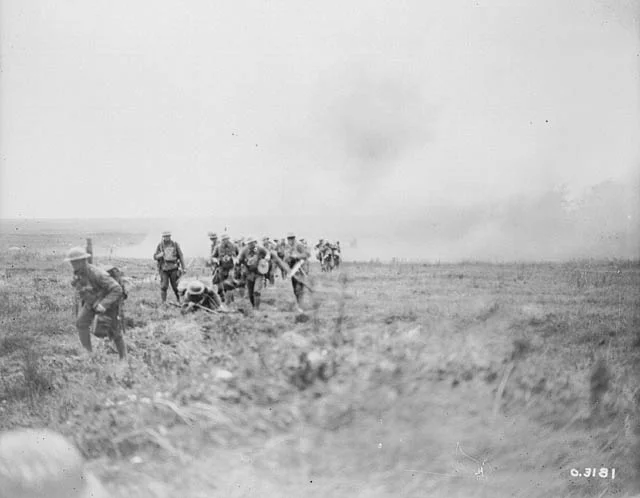The Final 100 Days: September 28, 1918 - The Canal du Nord
/By all measures, the Canadian assault on the Canal du Nord had been shockingly successful. From a plan initially denied by British High Command, Corps Commander Arthur Currie had seized the imposing Bourlon Wood, the Marquion Line, and the Canal du Nord itself.
Read More










